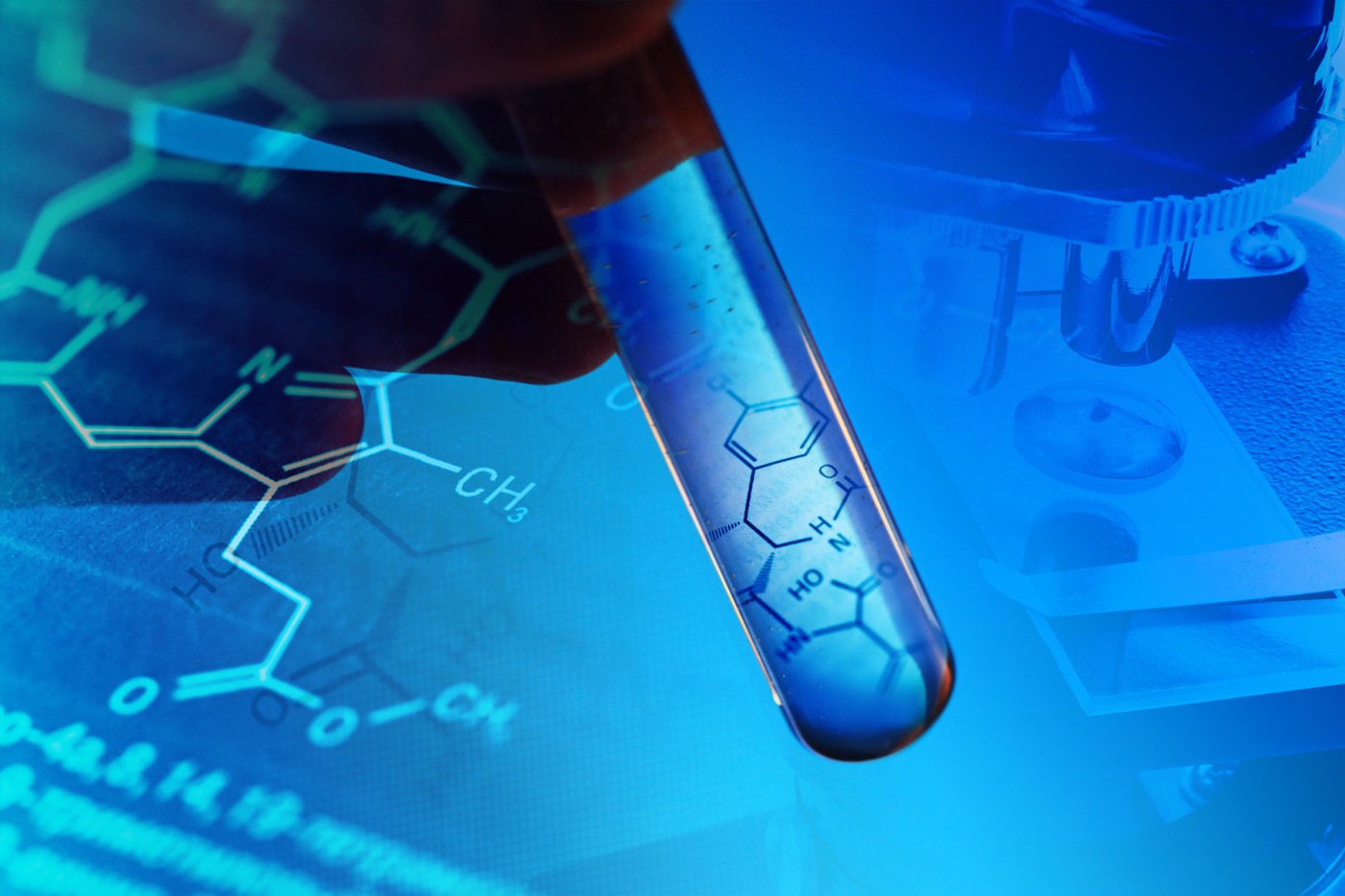New Knowledge About Mitochondrial Proteins May Improve Disease Diagnostics

In a major effort to better understand the molecular workings of mitochondria, researchers discovered how 31 proteins contribute to mitochondrial functionality, identifying two additional factors that may be used to improve diagnostics of mitochondrial disease.
So far, mutations in the genes coding for the two proteins have not been linked to mitochondrial disease in humans. However, since they are absolutely crucial for the assembly of a part of mitochondria, researchers believe that adding the genes to screening panels for mitochondrial disease could help diagnose more people.
The study, “Accessory subunits are integral for assembly and function of human mitochondrial complex I,” published in the journal Nature, may contribute to advances in molecular diagnostics of mitochondrial disease, saving patients and families unnecessary tests and misdiagnoses, and at times years of wrong turns in their search for explanations.
Researchers also believe that the findings can inform research and development of new drugs for mitochondrial disease.
“The fact that so many different genes contribute to the function of our mitochondria explains why so many patients remain undiagnosed – it’s a complex disease,” Michael Ryan, a professor at Monash University in Australia and senior author of the study, said in a news release.
Although mitochondria are among the most well-studied parts of the cell, there is one thing that has mystified researchers for years. Looking at complex I — the first of a series of protein structures that mitochondria use for producing energy — humans have about 30 more parts making up the complex than bacteria.
Since bacterial and human mitochondria do the same thing — they convert nutrients into energy — no one knew what these extra proteins were doing.
Researchers at the Monash Biomedicine Discovery Institute made use of a gene editing technique known as CRISPR/Cas9 to figure that out. Using human cells grown in the lab, they turned off the genes coding for the 31 proteins, one by one.
It turned out that 25 of the protein parts were needed for the assembly of complex I. And one of the proteins was required for the cells to survive.
Ryan believes that the excess of human proteins in complex I may be needed to keep the mitochondrial structure stable. After all, humans live quite a bit longer than bacteria, placing other requirements on the cells.
In the next step of the research, the team looked at how removing each of the factors affected more than 6,000 proteins in the cells. Most of the proteins were not affected, but the analysis identified two additional factors that turned out to be crucial for the assembly of complex I. When they mutated the genes coding for the proteins, known as ATP5SL and DMAC1, the complex could not be properly put together.
The method developed by the research team could be used to study other mitochondrial proteins, giving researchers worldwide additional insights into mitochondrial disease and advancing diagnostics.
“These genes can now be added to genetic screening panels globally, leading to earlier diagnosis of more people with the disease,” said Dr. David Stroud, first author of the study.
“Earlier diagnosis means earlier intervention that may help patients manage their debilitating symptoms and perhaps slow the insidious progression of their disease,” said Sean Murray, CEO of the Australian Mitochondrial Disease Foundation.






